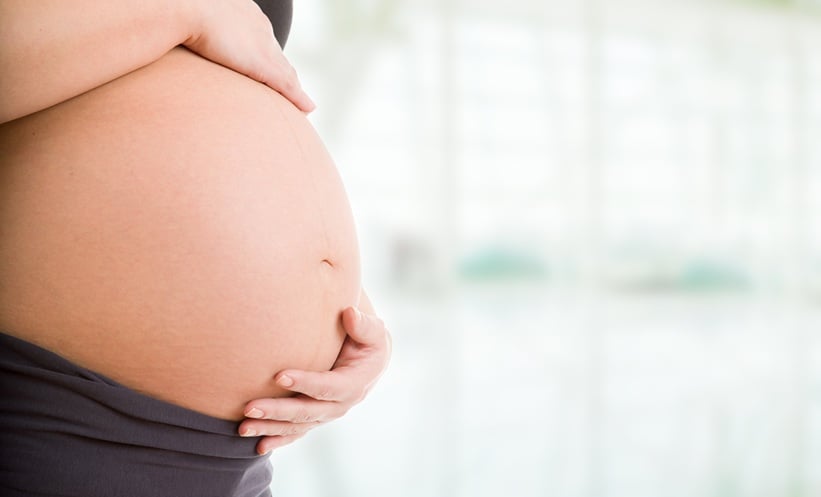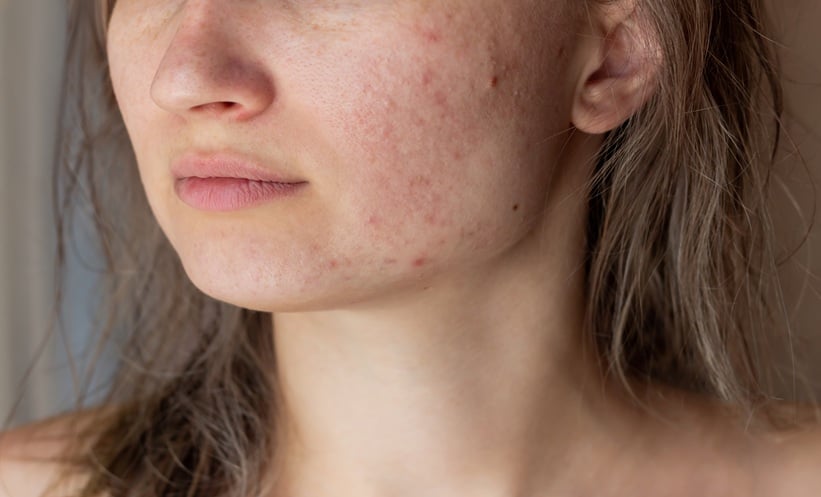ALOPECIA areata (AA) is a chronic, immune-mediated cause of non-scarring hair loss with an unpredictable course, ranging from small, self-limited patches to alopecia totalis or universalis. Immunogenetic susceptibility, particularly HLA class I/II variation, alongside environmental triggers and collapse of hair-follicle immune privilege drive disease activity via CD8+ T-cell activation and cytokines such as IL-15. While JAK inhibitors have expanded options, cost and safety concerns limit their use in focal disease, keeping intralesional therapies central to care. Triamcinolone acetonide (TrA) is widely regarded as first-line for patchy AA given targeted delivery and low systemic exposure, whereas methotrexate (MTX) is a familiar systemic immunosuppressant with anti-inflammatory effects; however, evidence for intralesional MTX is sparse.
In a randomised controlled trial comparing intralesional TrA with intralesional MTX, forty adults with localised AA (20 per group) received three treatment sessions four weeks apart. Severity was assessed using the SALT score at baseline and six months. Outcomes diverged strikingly: the TrA group achieved a mean 54.36% (SD 28.7) reduction in SALT percentage, consistent with clinically meaningful regrowth, whereas the MTX group showed a mean increase of 54.6% (SD 77.9), indicating worsening on average; the between-group difference was significant (p=0.001). Variability in the MTX arm was substantial, suggesting heterogeneous responses. Trichoscopy revealed a general downward trend in activity markers across groups, with a statistically significant fall in black dots only in the MTX cohort, hinting at some disease-modifying signal despite poor clinical regrowth.
Both treatments were well tolerated. Transient erythema occurred in 15% of participants in each arm; hypopigmentation was noted in one MTX-treated patient, and no laboratory abnormalities emerged. Patient-reported satisfaction favoured TrA, mirroring its superior clinical response.
These results add prospective evidence that intralesional TrA remains the preferred first-line intervention for limited patchy AA, aligning with prior reports of 60–67% effectiveness and typical regrowth within 6–8 weeks. By contrast, intralesional MTX, as monotherapy on this schedule, did not deliver reliable benefit and may be best reserved for selected cases or evaluated in combination regimens. Differences from earlier MTX studies may reflect dosing interval, relapse burden, sex distribution or underlying androgenetic alopecia. Overall, the study supports steroid-based intralesional therapy as standard care while underscoring the need for larger trials to define any steroid-sparing role for intralesional MTX.
Reference
Ghandi N et al. Is Intralesional methotrexate an effective alternative to intralesional triamcinolone in alopecia areata? findings from a randomized controlled trial. J Cosmet Dermatol. 2025;24(8):e70367.







